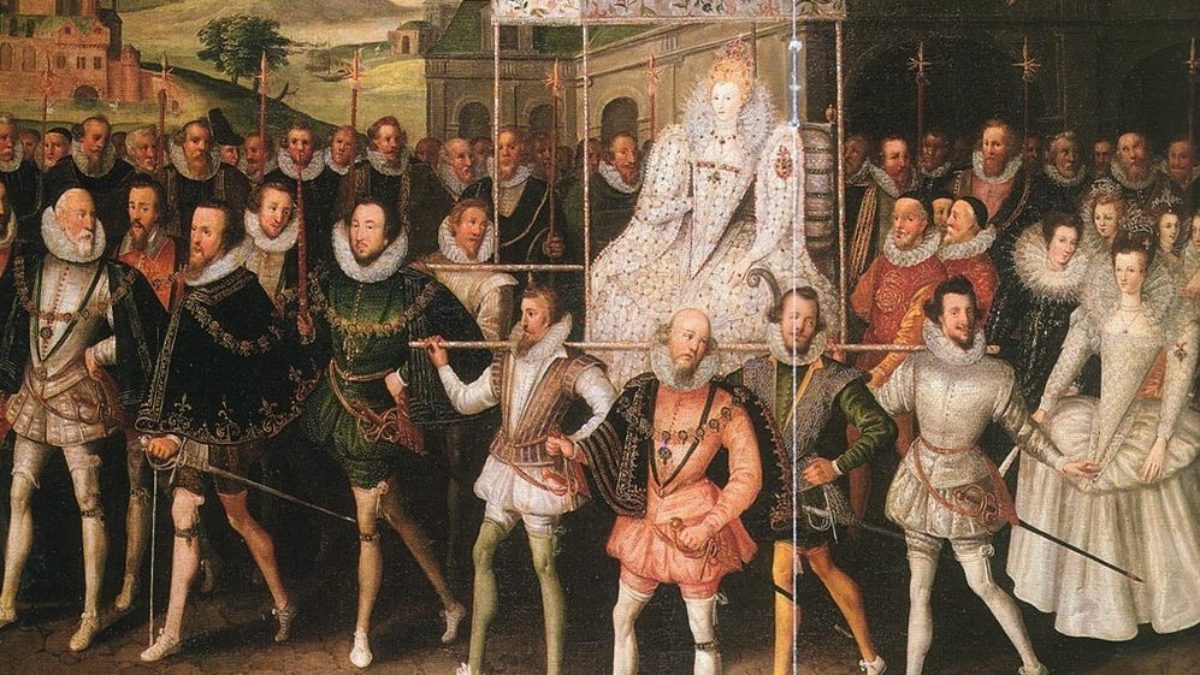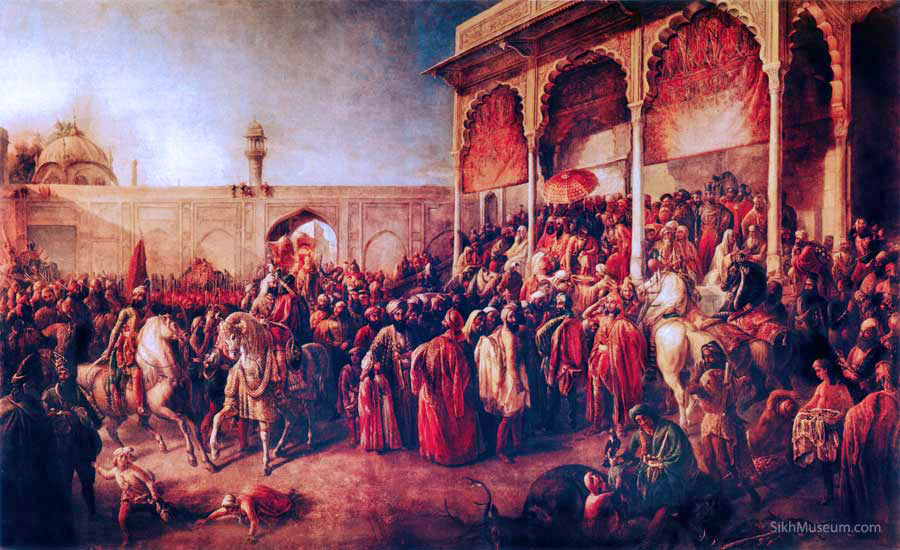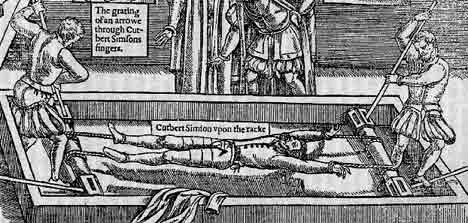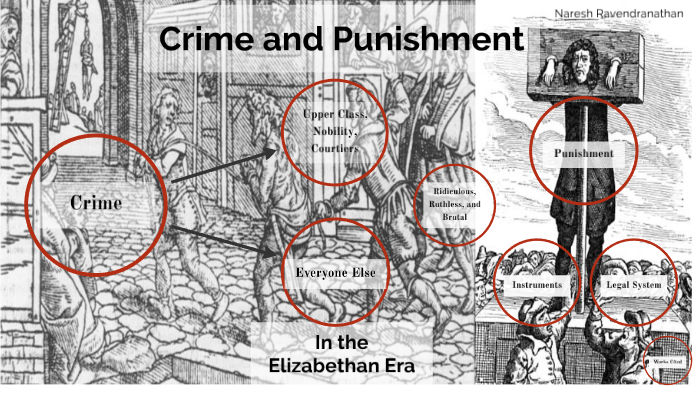The Elizabethan era, named after Queen Elizabeth I who ruled England from 1558 to 1603, was a time of great change and expansion. During this period, England experienced significant economic, cultural, and political developments, including the expansion of trade and colonization, the flourishing of the arts, and the growth of the English navy. Along with these positive changes, however, came a rise in crime, particularly in the growing cities and towns of England.
One of the main causes of crime during the Elizabethan era was poverty. Many people lived in extreme poverty, and some turned to crime as a means of survival. The lack of social mobility and the rigid class system of the time also contributed to crime, as people who were born into lower classes had few opportunities to improve their social status or economic circumstances. This could lead to feelings of frustration and desperation, which could drive people to commit crimes.
Another factor contributing to crime during the Elizabethan era was the lack of a professional police force. Law enforcement was largely carried out by local officials, such as constables and watchmen, who were often corrupt and inefficient. In addition, the legal system was harsh and punitive, with many crimes punishable by death. This often led to a cycle of crime and punishment, as people who were convicted of crimes and sentenced to death or imprisonment were often released back into society after serving their sentences, only to commit crimes again.
The Elizabethan era also saw a rise in organized crime, such as theft and robbery by groups of thieves and highwaymen. These groups often operated in the countryside, preying on travelers and merchants. In the cities, there was also a rise in gang-related crime, as rival groups fought for control of territory and resources.
Despite the challenges posed by crime during the Elizabethan era, the government and society did take steps to address the problem. The Elizabethan Poor Law, which was enacted in 1601, established a system of poor relief and sought to address the root causes of poverty and crime. In addition, the government established a system of justices of the peace, who were responsible for maintaining law and order in their local communities.
Overall, the Elizabethan era was marked by both great progress and significant challenges, including a rise in crime. While the government and society took steps to address the problem, crime remained a significant concern during this period.








